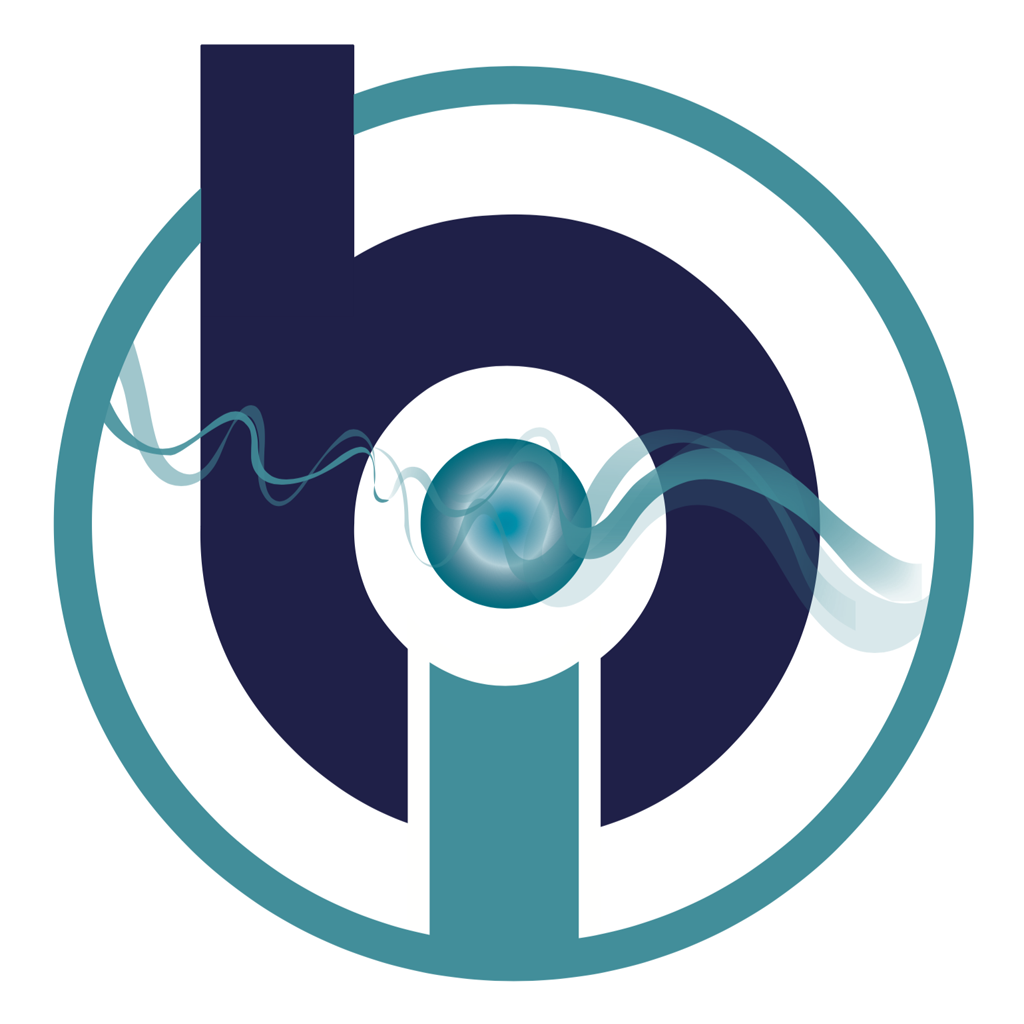ENT specialist: BICOM® bioresonance method – a good way to offset lower revenues as a result of the health reform
For more than three years I have been working in my ENT practice with the bioresonance method. Despite initial misgivings about whether this therapy really pays for itself, the successes I have had using this type of therapy every day are proof that I made the right decision.
As an ENT specialist I have a number of allergy patients. The BICOM® bioresonance method offers an excellent opportunity to really help patients suffering from allergies.
This was the case for a young man who had been suffering for months with a permanent cold, watering eyes and the impulse to sneeze. Sometimes he also suffered from severe shortness of breath, sometimes even asthma attacks.
Since antihistamines only brought short-term relief, his then ENT specialist advised him to have an operation on his septum and nasal conchae. He was told that otherwise these tiresome symptoms would probably not disappear.
Reluctant to undergo surgery, he switched doctors and came to our practice. A test using the BICOM® device revealed an allergy to house dust mites. This allergy was not identified previously using conventional allergy tests. The allergy was treated using the corresponding BICOM® programs. After three sessions the patient was able to breathe deeply and freely again, the itching and watering eyes had disappeared and he was no longer experiencing asthma attacks.
Given the impact of the health reform the BICOM® is a good way of making up for lower revenues. ENT, eye and skin specialists are all negatively impacted by the health reform. The most important thing for me is to really be able to help my patients. But I am also happy that I can offset falling revenues by using the bioresonance method. And so I can say that this type of therapy is not only therapeutic, but also makes good financial sense.


